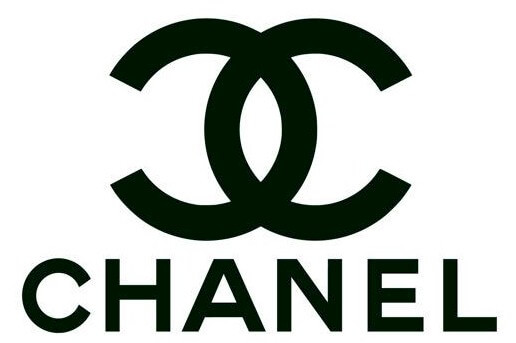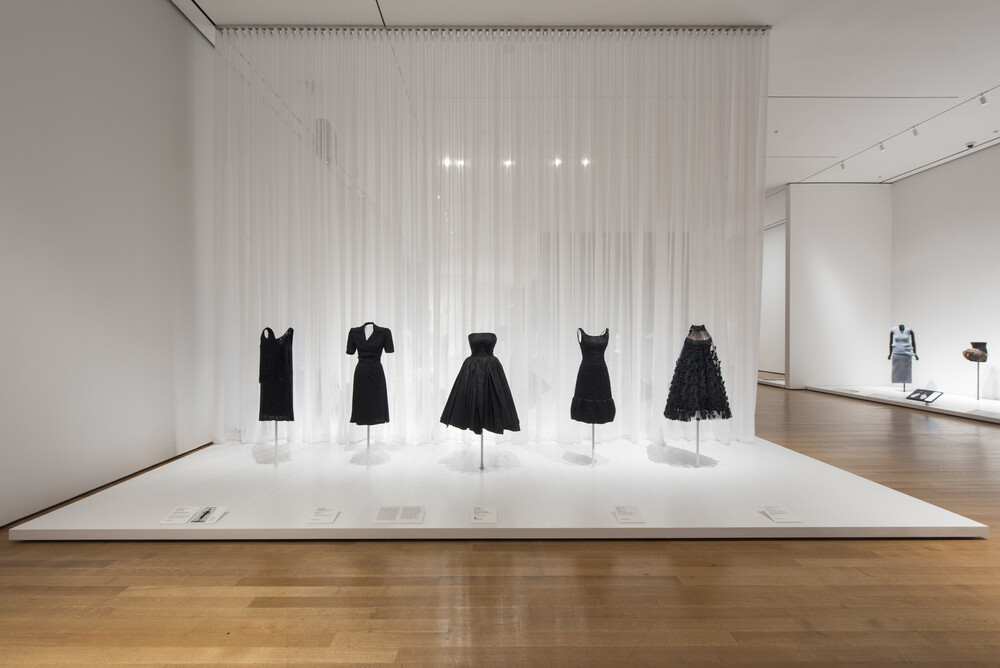
Chanel Brand: An Emblem of Timeless Luxury
For many, the name Chanel evokes images of timeless luxury, impeccable taste, and uncompromising quality. As one of the world’s most iconic fashion brands, it stands as a testament to elegance and sophistication. But did you know that the world of luxury is not restricted to fashion alone? Brands like Forbes casino are leveraging the allure of opulence in the virtual space, mirroring the same commitment to excellence. However, the heart of our story today is Chanel, a brand synonymous with style.
Brand history: The era of Coco Chanel
Chanel’s origins trace back to Gabrielle Bonheur Chanel, fondly known as Coco Chanel. Born in 1883, she embarked on a journey that would revolutionize the fashion world. The brand began modestly in 1910, with Coco Chanel’s first shop at 31 Rue Cambon, Paris, selling hats. Coco’s vision was different – she championed comfort alongside elegance, a radical departure from the restrictive corsets and flamboyance of the time.
History of the House of Chanel: the fifth bottle
Perhaps nothing epitomizes the essence of Chanel more than its legendary fragrance – Chanel No. 5. Launched in 1921, it was a bold concoction that Coco wanted to smell like a “composition” rather than any identifiable flower. Its name stemmed from Coco’s belief in the lucky number ‘5’. The scent went on to become the world’s best-selling perfume, a sensual embodiment of the Chanel spirit.
Little black dress
Another revolutionary contribution from Chanel was the “Little Black Dress.” Debuted in the 1920s, Coco’s design was a response to the complexities of post-war fashion. It was a simple, yet elegant, piece that could be dressed up or down. Vogue hailed it as the “new uniform of the modern woman,” and it remains a staple in wardrobes worldwide.

The return of Chanel
The post-war period saw a decline in Chanel’s popularity. The brand became synonymous with old luxury and seemed disconnected from the rapidly changing world. But in the early 1950s, Coco made a triumphant return, relaunching her couture house and reintroducing her iconic pieces, adapting them to contemporary tastes. The world had changed, but the allure of Chanel remained.
New history of the House of Chanel: Karl Lagerfeld
Chanel’s second golden age was under the aegis of Karl Lagerfeld, who took the helm in 1983. Lagerfeld understood the brand’s legacy and was instrumental in ensuring that Chanel remained relevant in a modern context. He seamlessly blended the classic with the contemporary, making Chanel an emblem of timeless luxury. His creative genius expanded Chanel’s horizons while keeping Coco’s spirit alive, ensuring the brand’s place at the pinnacle of fashion royalty.
From its iconic double ‘C’ logo to the rich tapestry of its history, Chanel is more than a brand – it’s a symbol. A symbol of elegance, luxury, and the unyielding spirit of its founders. In a world that’s constantly changing, the enduring charm of Chanel reminds us of the timeless beauty of authenticity.
